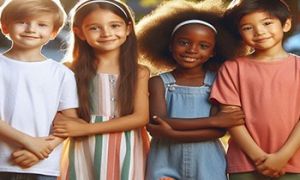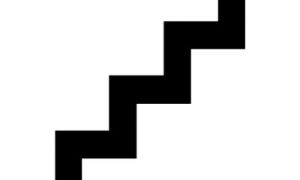EYLF curriculum, Belonging, Being, Becoming recognises the significance of artistic exploration in the early years. According to Element 5.3 “Children engage with a range of texts and gain meaning from these texts” Educators can bring about this outcome when they teach art as a language and show how artists can use the elements and principles to construct visual texts. An excellent way to work towards this outcome is to incorporate famous artists into toddler and preschool art experiences. Here are a few ideas on how you can do this in your service.
Do A Bit Of Homework
The first step is to decide which artist you would like to introduce to children. Read up on the artist so that you are aware of their artistic practices and principles if any. Check out their famous works and reflect on their use of colours, form and media. Ask yourself which aspect of the artist’s work you might focus on during craft time with children. For example, you can choose to focus on the sunny hues of flowers and fields in Vincent Van Gogh or encourage children to have fun with soup cans as they explore Andy Warhol’s art.
Explore Pictures Together
Once you are fairly sure which artist you wish to introduce to children and which aspect of their work to focus on, it is time to decide how. You can look for a picture book about the artist or perhaps a calendar made up of prints of those works you wish to focus on in the classroom. If you don’t find any suitable about an artist, pick up a book about a significant aspect of their art. For example, if you find it difficult to come across a children’s picture book about Damien Hirst, look for one with vibrant illustrations of butterflies since Hirst is known for the piece he did with butterfly wings. As you explore the pictures with your learners, invite comments on recurring objects or quirky shapes in the works. Discuss with children what colours or colour groups the artist seems to be using a lot and encourage children to think of likely reasons.
Start Doing
Once you and your children have pored over pictures of the artist’s works and had lively discussions about colours, shapes and lines, it is time to start creating. Ensure access to not just crayons and paints but a wide range of objects like beads, yarn, clay, string, fabric, sponge and glue. Incorporate natural materials like wood, leaves, shells and even veggies into craft supplies so that children are free to use any medium they want. This will keep the focus on the process rather than the final product and thereby work towards meeting learning outcomes, Element 5.4 Children express ideas and make meaning using a range of media. At times, you may find yourself hard-pressed to come up with craft ideas to incorporate a particular artist – look for inspiration online. Image sharing sites like Pinterest and Instagram have a plethora of craft ideas contributed by highly creative professionals and art enthusiasts.
The Early Years Learning Framework for Australia embeds art in many significant ways to foster the holistic development of children. Here are the main curriculum connections of art in the early childhood learning framework. Linking Art To The EYLF Outcomes
The following article provides strategies on how you can encourage children with painting. Encouraging Children With Painting
By looking closely at famous artworks children will learn how to observe and translate their thoughts into language and listen and respond to multiple perspectives.
By incorporating famous artists and their artworks into art experiences for toddlers and preschool it enables them to observe closely, think critically and discuss respectfully – all key elements of the Learning Outcomes.
Reference:
How To Incorporate Famous Artists For Children, Learn Play Read


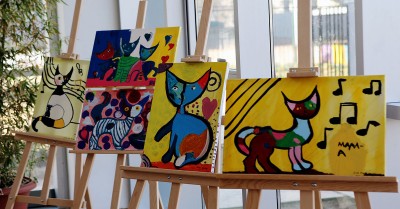
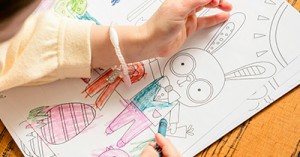
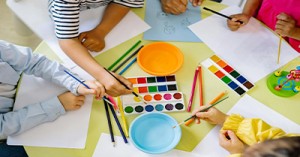
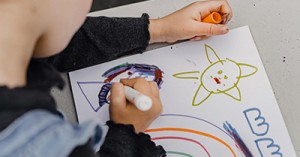
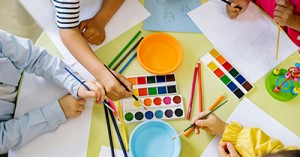
 As an Educator in Australia, your pay rate falls under the Children’s Services Award 2010. This award states the minimum amount that an employer can
As an Educator in Australia, your pay rate falls under the Children’s Services Award 2010. This award states the minimum amount that an employer can When working as a qualified Early Childhood Teacher (with a university degree) within a service, your rate of pay will come from the Educational Services
When working as a qualified Early Childhood Teacher (with a university degree) within a service, your rate of pay will come from the Educational Services When working as a Diploma Qualified Educator your pay rate is from the Children's Services Award 2010. This Award states your minimum rate of pay
When working as a Diploma Qualified Educator your pay rate is from the Children's Services Award 2010. This Award states your minimum rate of pay When working as a Cert 3 Qualified Educator, your pay rate is from the Children's Services Award 2010. This Award states your minimum rate of
When working as a Cert 3 Qualified Educator, your pay rate is from the Children's Services Award 2010. This Award states your minimum rate of Educational Leaders play a crucial role in their early childhood service by ensuring that the educational program aligns with best practices and supports the holistic
Educational Leaders play a crucial role in their early childhood service by ensuring that the educational program aligns with best practices and supports the holistic In early childhood education and care, ratios are more than a technicality—they are a frontline safeguard. Every child deserves responsive supervision, emotional connection, and developmental
In early childhood education and care, ratios are more than a technicality—they are a frontline safeguard. Every child deserves responsive supervision, emotional connection, and developmental With the new national child safety reforms kicking in on 1 September 2025, early childhood services like yours have a real opportunity to lead the
With the new national child safety reforms kicking in on 1 September 2025, early childhood services like yours have a real opportunity to lead the Here’s a comprehensive Mobile Phone and Smart Watch Policy tailored for early childhood education and care (ECEC) services in Australia, aligned with the latest 2025
Here’s a comprehensive Mobile Phone and Smart Watch Policy tailored for early childhood education and care (ECEC) services in Australia, aligned with the latest 2025 The Sea of Fish Challenge is a national initiative that invites children, educators, families, and communities to create and display fish artworks as a symbol
The Sea of Fish Challenge is a national initiative that invites children, educators, families, and communities to create and display fish artworks as a symbol Across the early childhood education and care sector, educators are sounding the alarm: current staffing ratios are insufficient to deliver safe, meaningful, and developmentally appropriate
Across the early childhood education and care sector, educators are sounding the alarm: current staffing ratios are insufficient to deliver safe, meaningful, and developmentally appropriate